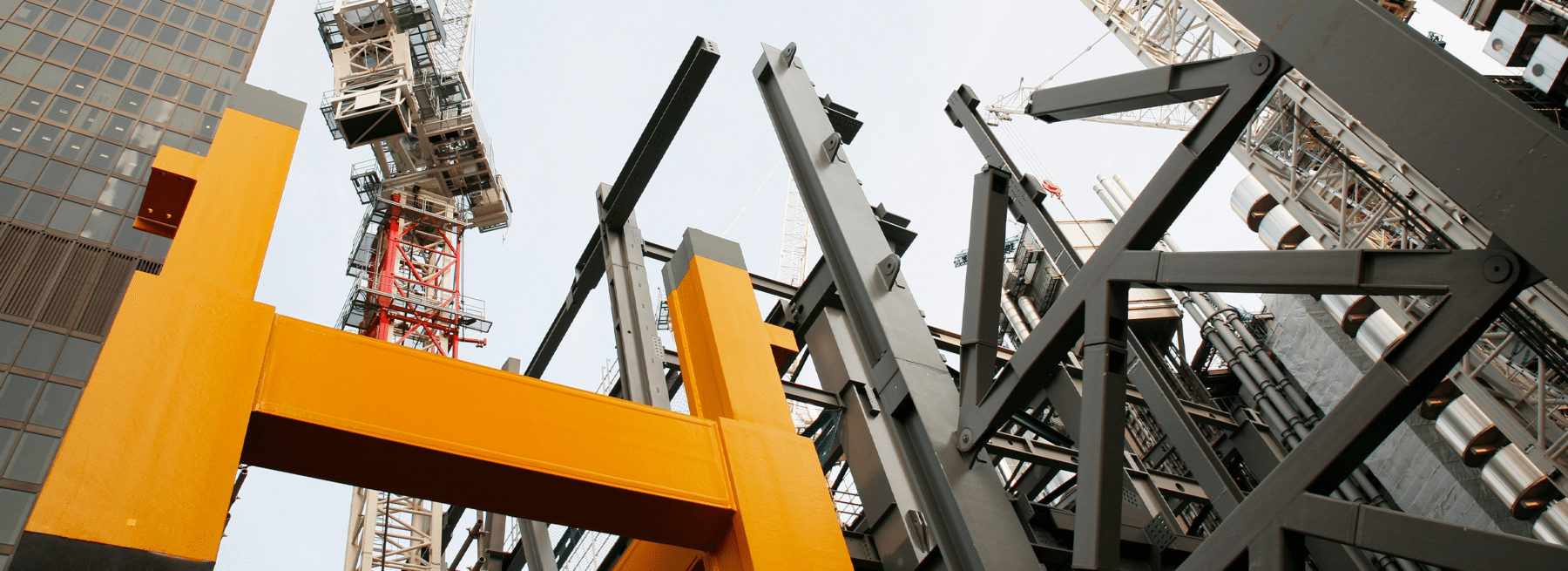Many of our customers can save on retrofit costs by future-proofing infrastructure for cameras and monitoring services with better planning guidelines. The following recommendations aim to provide best practices for successful remote camera monitoring of your security surveillance cameras. There are multiple considerations for project design: camera placement, internet access, electrical power, compatible camera technology, and controllable common issues, each of which is addressed below.
The Golden Rule of Multi-Family Site Design
Use a monitoring provider to scope your project instead of a camera installation company.
Monitoring providers understand what camera designs lead to successful remote surveillance solutions. Inversely, camera companies are incentivized to sell hardware over monitoring quality.
Common Areas of Concern
Known problem areas come in many forms depending on architecture style. The following are the most commonly monitored locations to help prevent theft, nuisance trespassers, unpaid damages, violence, drug use, or many of the other unwanted behaviors that have negative impact on property performance:
- Building entries / exits
- Parking garages / lots / gates
- Leasing Office
- Stairwells
- Elevator lobbies
- Mailboxes / package rooms
- Laundry areas
- Gym
- Pools / hot tubs
- Clubhouse / party rooms / patios
- Playgrounds
- Waste disposal areas
- Alley / driveway
- Perimeter walkways sidewalks
- Hallways
- Rooftops
- Storage / bike rooms
- “The back of the property”
Infrastructure
Existing infrastructure can make a significant impact on project timelines and overall cost of ownership. While many projects are retrofits, there are plenty of multi-family developers, owners, and operators who plan accordingly for video monitoring during initial site architecture designs. These planning tips will help improve property curb appeal (hidden wires, power, etc.) while reducing capital investments and project dependencies.
Two primary dependencies (not provided by Stealth Monitoring) to consider ahead of project installation are Internet service and electrical power.
Internet Service Provider – Standard projects are typically supported with a dedicated 10mb/s upload internet service with static IP modem or dedicated ports on existing networks; this is connected to the Network Video Recorder (NVR). Shared internet connections are not recommended, but V-Lan configurations can be used with a private network. Large projects may require additional upload bandwidth; scope based on camera volume.
Electric Power – Each building with cameras / speakers will need access to 110v electrical power. This means buildings will need Master Meters (“house power”) for network cameras and / or potential Wi-Fi networking devices; each building will have a centralized enclosure that is best located near existing house power. Avoiding extended conduit runs will save significant expense.
Other Things to Consider
Compatible Cameras – Stealth Monitoring can “takeover” existing cameras if they meet compatibility and monitoring standards. Stealth Monitoring strongly recommends using IP cameras instead of analog cameras for video quality and preventative maintenance capabilities. IP cameras must be ONVIF-compatible. We advise 2MP and / or 4MP cameras depending on situation (distance / bandwidth). License plate cameras should be specific to application (LPR). On average, 2-4MP cameras can be monitored up to 100 ft, however environmental factors become increasingly important at longer ranges.
Camera Styles – Vandal Dome cameras are recommended for the majority of uses. Bullet cameras may be a better fit for parking lots or nighttime-focused problem areas but are more prone to vandalism. Pan-Tilt-Zoom (PTZ) cameras should be relegated to specific scenarios; we do not recommend them for general video monitoring needs.
Camera Age – Useful life of current hardware should be assessed to determine image quality and future durability. It is normal for these devices to be replaced every 5-7 years depending on geography and weathering.
Network Access – Cameras / speakers will be supported on a dedicated network (as covered above). While wireless relay / mesh nodes can be used for buildings without wired network infrastructure, we strongly recommend wiring camera locations with Cat5/6 networks for stability and reduced expense.
Network Video Recorders (NVRs) – This is the “brain” of the system. Stealth Monitoring uses a proprietary NVR that must be installed for our monitoring solution to integrate with any cameras.
Avoid These Common Issues
Lighting – Bright or flickering lights aimed at the camera, or in a focal point of the camera view, will washout video quality at night. Additionally, pointing infrared cameras near walls can create infrared “reflection” washout.
Line of sight – Account for any objects that may block camera views and / or Wi-Fi repeater nodes. Trees or landscaping may need to be trimmed or removed and post-installation amenities should also be evaluated (walls, carports, playsets, etc.). If the system is installed during the fall or winter, foliage should be evaluated in the spring for additional trimming.
Wind-created motion – Untrimmed foliage leads to swaying branches which can create false motion alarms in certain instances where that area cannot be “digitally masked.”
Height – Cameras need to be mounted at least 10-12-ft high but under 20ft for ladder maintenance access. Cameras mounted above two stories will require a lift. Lift charges will apply to service request work orders.
Repetitive motion areas – While we can “mask” defined areas like roadways, areas like sidewalk entries should have special attention paid to camera angles to avoid false positives.
Privacy – Cameras should avoid being pointed in a way that may invade unit privacy.
Stairwells – Each floor should have two cameras, one pointing up and one point down, for each stairway switchback.
You know the impact that crime has on leasing and renewals. Not to mention, the amount of time it can take to change a property’s reputation. Contact us today to get started with a proactive, effective security solution for your multi-family property.

